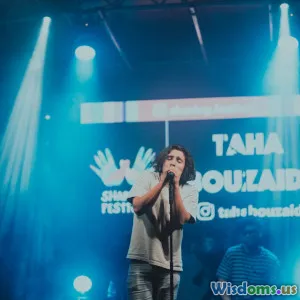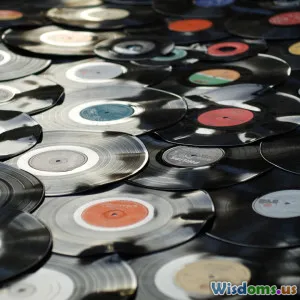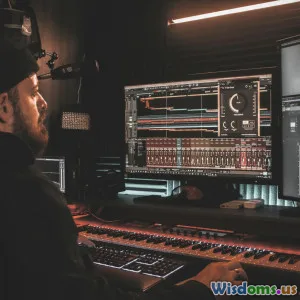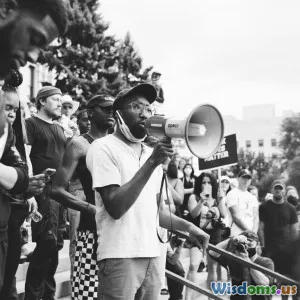
Can AI Truly Write Better Lyrics Than Human Songwriters
19 min read Exploring the capabilities of AI in songwriting and how it compares to human creativity in lyric writing. (0 Reviews)
Can AI Truly Write Better Lyrics Than Human Songwriters?
Lyricism has always sat at the heart of music, giving voice to emotion and meaning across cultures and generations. Yet with the dizzying rise of AI songwriting technologies, a question stirs debate among artists, producers, and music fans alike: Can artificial intelligence truly write better lyrics than human songwriters?
The Rise of AI-Powered Songwriting Tools
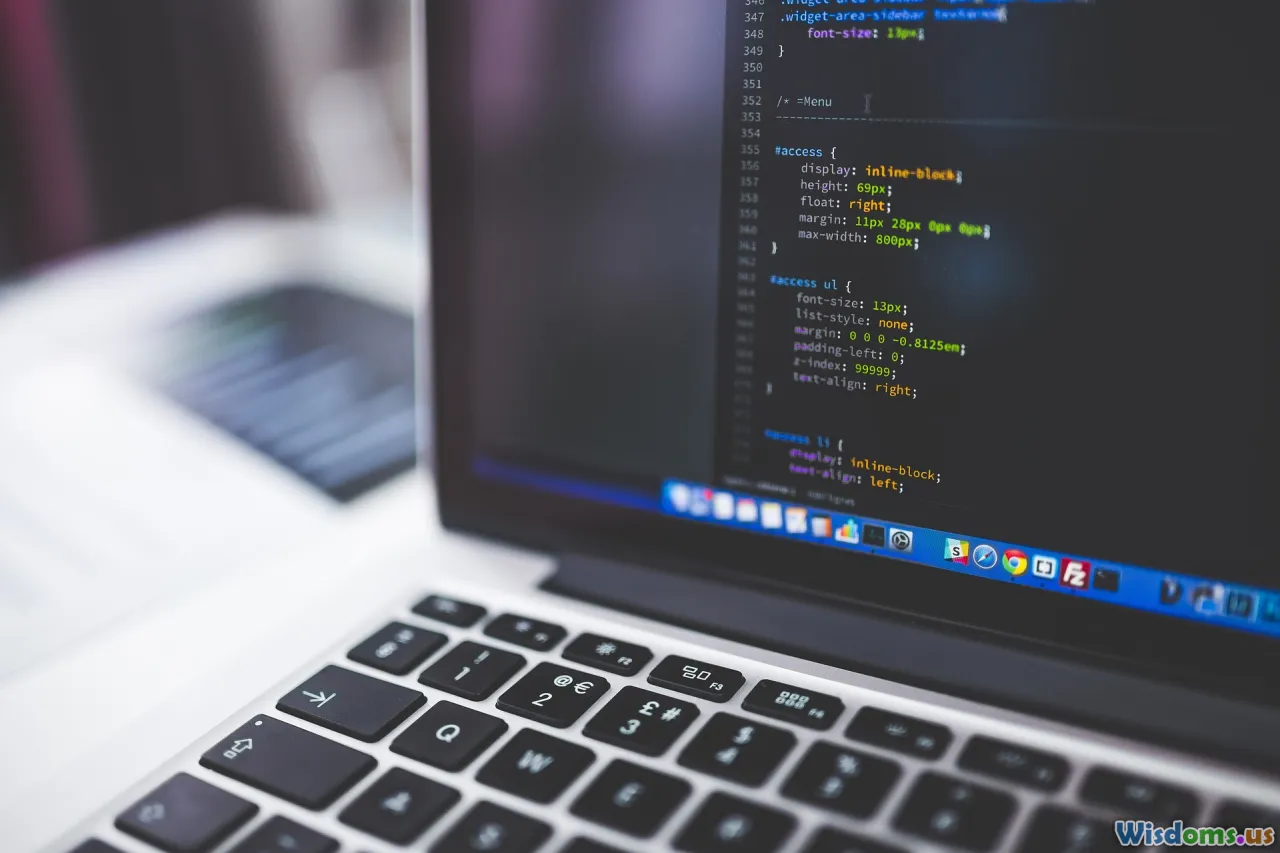
In the last decade, AI-driven tools like OpenAI's MuseNet, Google's Magenta, and AIVA have made generating music—including lyrics—remarkably accessible. Today, anyone can input a prompt into services like ChatGPT or Boomy and generate entire sets of verses in a chosen style, be it pop, hip-hop, or country.
This technological leap didn't come from nowhere. These tools are fueled by vast datasets of existing lyrics and music, enabling them to mimic complex structures, rhyme patterns, and even emotions with convincing proficiency. Take, for instance, the viral example of the AI-generated "Lost in the Echoes": uploaded by an indie musician, the song quickly racked up thousands of listeners who praised its lyrics before learning they were penned by a machine.
The commercial sector is already on board. Brands like Endel contract AI to create adaptive lyrics and soundtracks for personalized wellness experiences. Meanwhile, songwriting platforms—encouraged by possibilities for rapid ideation—now offer built-in AI lyric generators to boost creativity for clients churning out radio singles or corporate jingles.
Understanding What Makes Lyrics "Great"

Before we dive deeper, it’s important to understand what defines great lyrics in the first place. The best lyrics aren’t just words set to a melody. They demand originality, evoke emotion, and capture universal truths through clever turns of phrase, storytelling, or even minimalism.
A chorus like "Yesterday, all my troubles seemed so far away" (The Beatles) resonates not just for technical rhyme but because it taps into loss, nostalgia, and vulnerability. By contrast, automated lyrics sometimes falter here: they may simulate structure and rhyme on par with hit songs, but the spark of life—the lived experience—is more difficult for them to encode.
Examples of iconic human-crafted lyricism abound:
- Joni Mitchell's "Both Sides Now": Metaphors and ambiguous truth.
- Bob Dylan’s protest songs: Complex layering of social commentary and poetry.
- Kendrick Lamar’s storytelling: The blending of personal history with cultural critique.
AI lyric generators may efficiently assemble words in rhyme, but interpreting nuance—like double entendres, subtle humor, or references only graspable through lived experience—remains a challenge.
How AI Writes Lyrics: Behind the Black Box

At the heart of AI lyric-writing is predictive modeling. Advanced natural language processing (NLP) models such as GPT-4 (the engine behind tools like ChatGPT) rely on training data comprising millions of existing lyrics, poems, and prose sources. They analyze patterns: where certain words fall in a line, how syllables cluster in a phrase, and what emotional tones dominate a specific genre.
Here's a step-by-step look at how AI crafts lyrics:
- Ingestion of Data: The AI is fed an extensive dataset of existing lyrics from massive digital archives.
- Learning Structure: Through processes like machine learning, it discovers structural conventions—rhyme schemes, verse/chorus/bridge distinctions, alliteration, etc.
- Pattern Mimicry: When prompted, AI generates lyrics by emulating these learned patterns according to user-selected mood, style, or theme.
- Feedback & Tuning: Users can refine output, providing re-prompts to nudge the lyrics toward a desired tone or content area.
Yet, despite astonishing results, certain limitations exist:
- Cliché Overuse: AI models often default to phrases most common in the dataset, recycling lines like "heartbreak in the rain" or "dancing on my own."
- Context Awareness: AI may jump clusters or blend mixed metaphors due to lack of real cultural grounding.
Researchers are actively working to teach AI more sophisticated linguistic nuance—some experiments even involve models trained on journals and blogs to enhance "authentic" voice. However, the best AI-generated lyrics today still rely on iterative prompting and heavy human curation when aiming for truly standout results.
Human Songwriting: Strengths and Limitations

Humans have several advantages that AI algorithms, for now, cannot replicate fully. Lyricists draw from personal experiences—love, heartbreak, joy, social unrest—and fuse these emotions with stylistic experimentation and cultural lived realities.
Consider Billie Eilish and her brother Finneas, whose songs—rich with whispered allusions and fragmented nostalgia—deliberately break traditional structure to stir intimacy. Or rappers like Eminem, who layer autobiographical confessionals with multisyllabic rhymes and biting wit. The channeling of memory, pain, and triumph into verse fosters a unique bond between listener and songwriter.
The Edge of Imperfection
Ironically, the imperfections of human creativity may define much of its lasting charm. Idiosyncratic word choices, unexpected rhythmic changes, happy accidents during the songwriting process—these all fuel originality. For example, Paul McCartney famously dreamt "Yesterday's" melody before scribbling placeholder lyrics about "scrambled eggs," a creative detour that fueled eventual genius.
Yet humans have their Achilles’ heels too. Writer’s block, procrastination, and creative fatigue can paralyze progress. Lyrics are sometimes forced or derivative, constrained by tight deadlines and commercial demands—an area where AI, with its tirelessness and instant productivity, has the upper hand.
AI vs. Human Songwriters: A Comparative Analysis
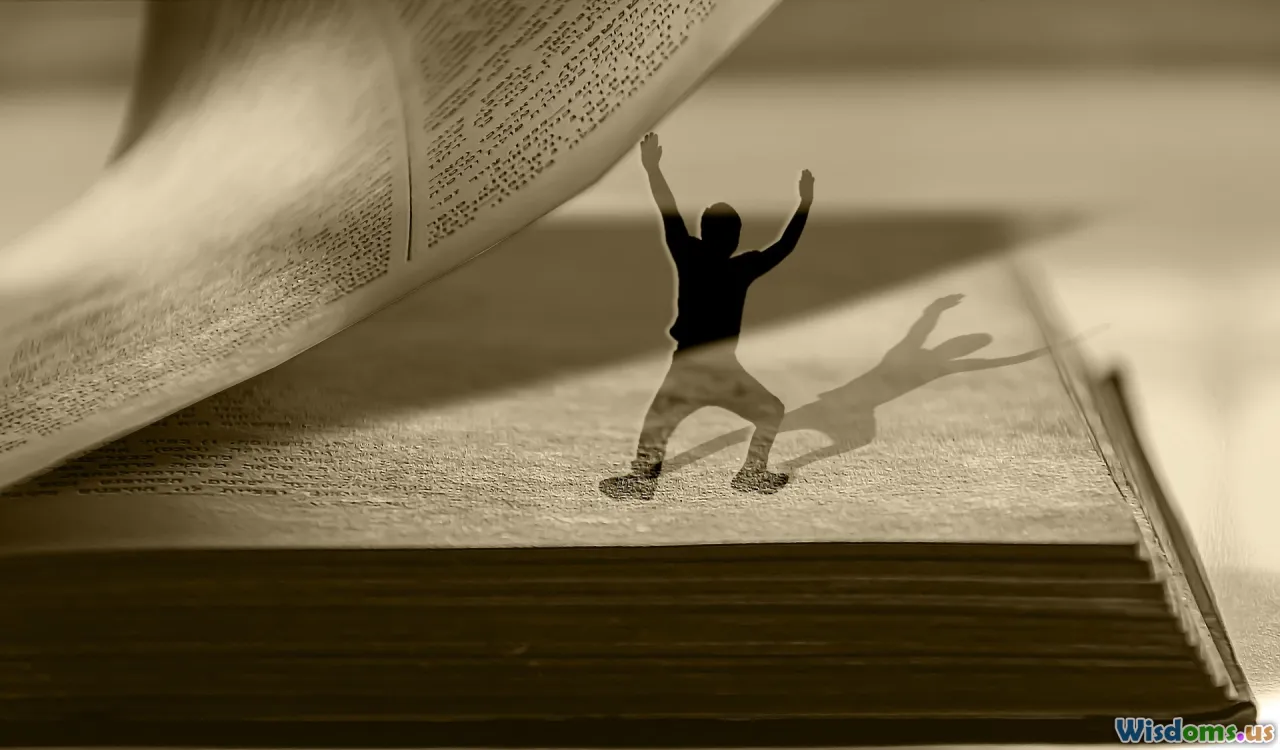
To truly assess whether AI can outshine human songwriters, it's instructive to compare both approaches across critical factors:
| Aspect | AI Lyric Writers | Human Songwriters |
|---|---|---|
| Speed | Can produce lyrics in seconds | May take days, weeks, or even longer |
| Originality | Prone to repetition and cliché | Unique perspectives drawn from lived experience |
| Emotional Authenticity | May sound convincing, but lacks real feeling | Can channel true emotion and vulnerability |
| Experimentation | Can blend genres/styles with guidance | Spontaneous, serendipitous innovation |
| Cultural Sensitivity | Relies on data, sometimes struggles with context | Enmeshed in cultural context and subtext |
| Quality Consistency | High volume but variable coherent output | Inconsistent, but highs are exceptional |
Famous Case Studies
- In 2019, producer Alex Da Kid worked with IBM Watson to generate themes for the hit single "Not Easy." Watson analyzed thousands of hit songs and news articles but still required human collaboration for final lyrics.
- Flow Machines, an EU project, wrote "Daddy's Car" in the style of The Beatles. The output sounded pleasant—but also strangely formulaic, missing the magic of Lennon & McCartney’s personal touch.
Key Strengths of AI in Lyric Writing
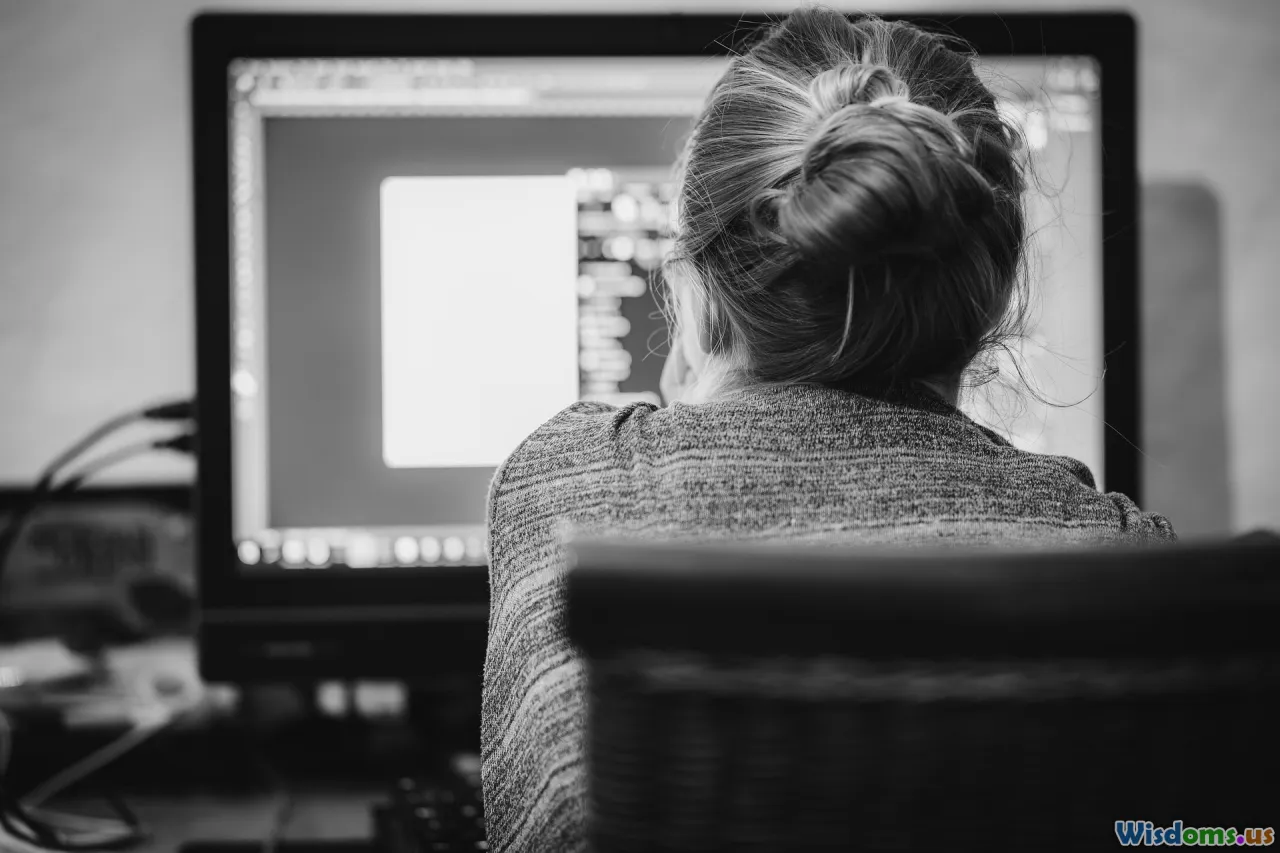
AI's greatest strengths become apparent when it is positioned as an aid, not sole creator:
-
Ideation and Overcoming Blocks: Writers struggling with creative droughts can use AI as a brainstorming assistant. A quick prompt can spark dozens of phrase options, providing a jump-off point.
-
Genre-Hopping Versatility: Genre-neutral by design, AI models can seamlessly switch from pop and trap to folk or country by ingesting different datasets or templates.
-
Instantaneous Output: For those working on commercial jingles, sync licensing, or social media content creation, the speed and consistency of AI lyric generation brings vital productivity benefits.
-
Language Translation & Adaptation: AI supports multi-lingual output, allowing songwriters to rephrase or translate lyrics for global audiences, albeit with the usual caution regarding idioms and cultural nuance.
For the Classroom and Beyond
Music educators have begun incorporating AI lyrics as exercises, challenging students to critique, remix, and improve upon AI-generated texts. By doing so, learners build critical thinking while acknowledging the creative partnership between human and machine.
Limitations and Ethical Dilemmas

As AI songwriting gains popularity, several ethical and artistic considerations come to the forefront:
-
Originality vs. Plagiarism: Trained on massive lyric databases, AI runs the risk of "borrowing" lines. Lawsuits sometimes arise over similarity to copyrighted works, as with AI art lawsuits in visual media.
-
Transparency: Should audiences know when a song is AI-written? Some argue for clear disclosure about AI involvement to distinguish authentic artistry from automated output.
-
Impact on the Profession: If AI lowers barriers and speeds up production of decent lyrics, could it commoditize songwriting, undermining the sustainability of professional songwriters?
-
Bias & Representation: AI reproduces the biases of its dataset. If most training data comes from Western pop music, niche cultures and voices may remain underrepresented.
Industry bodies like the National Music Publishers' Association and Performing Rights Organizations are already tracking AI's role in composition, anticipating the need for regulatory frameworks to protect both copyright and creative diversity.
When the Magic Happens: AI and Humans Collaborating
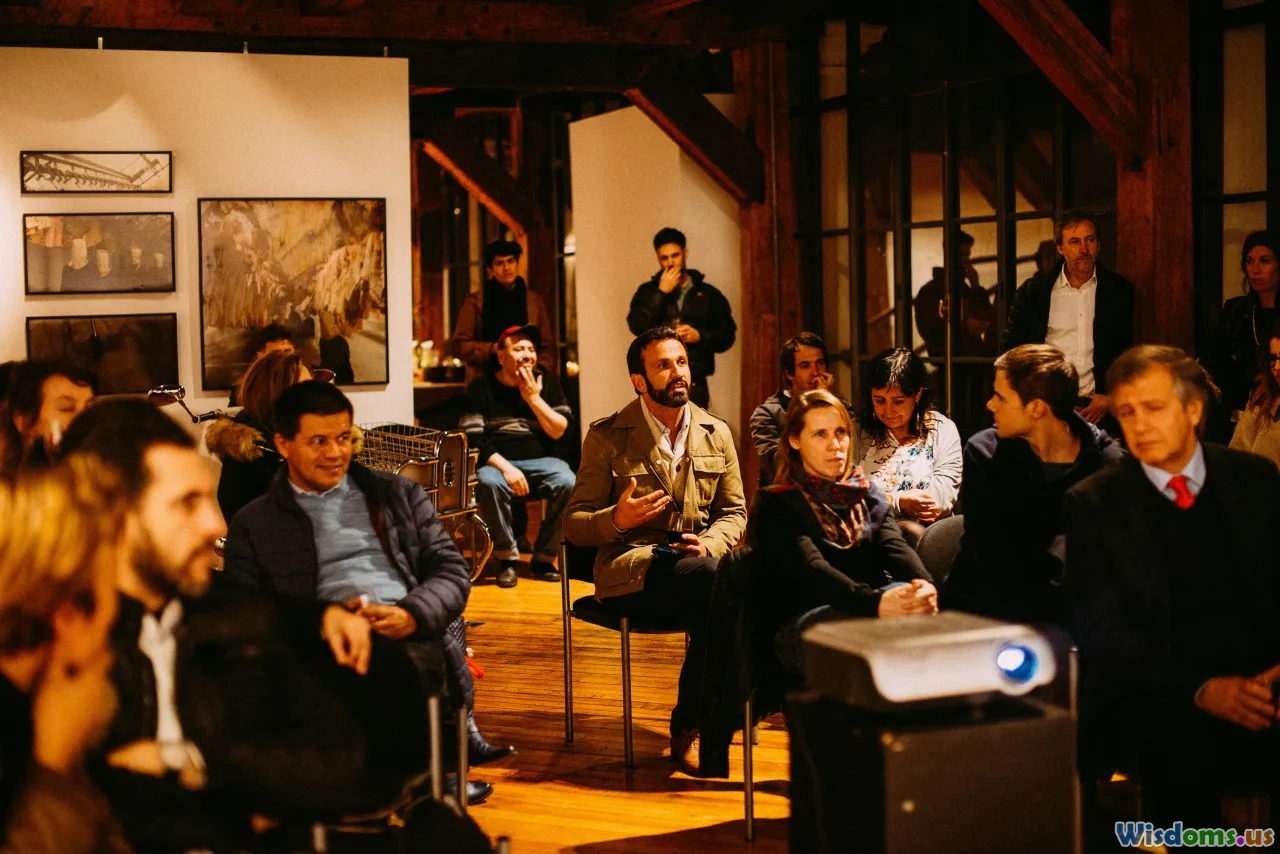
Perhaps the most promising horizon is not in rivalry but in partnership between AI and human creatives. Many songwriters have found that using AI as a "co-author" encourages risk-taking and sparks new ideas that a solo human mind—or machine alone—might never have reached.
Practical Workflow Example
- Feed AI a brief or set of existing lyric ideas—say, a theme about urban loneliness.
- Generate verses in various styles through iterative prompts, collecting a pool of potentials.
- Review, remix, and "humanize" the AI’s best lines, subtly editing to add deeper meaning, change misleading references, or insert topical metaphors.
- Workshop with musicians to fit lyrics to melodies, adjusting for syllabic flow and emotional delivery.
The British chart-topper Taryn Southern collaborated with AI for her album "I AM AI," noting that the process was less about being replaced, and more about accelerating idea generation: “AI was like a collaborative partner—a very fast one.”
Meanwhile, platforms like Endel and Landr attract both emerging and established artists seeking efficient ways to jump-start album projects or tailor content for multimedia campaigns. In these environments, the magic happens not despite AI, but because of creative exchange with it.
The Future of Lyrics: Reinvention Rather Than Replacement
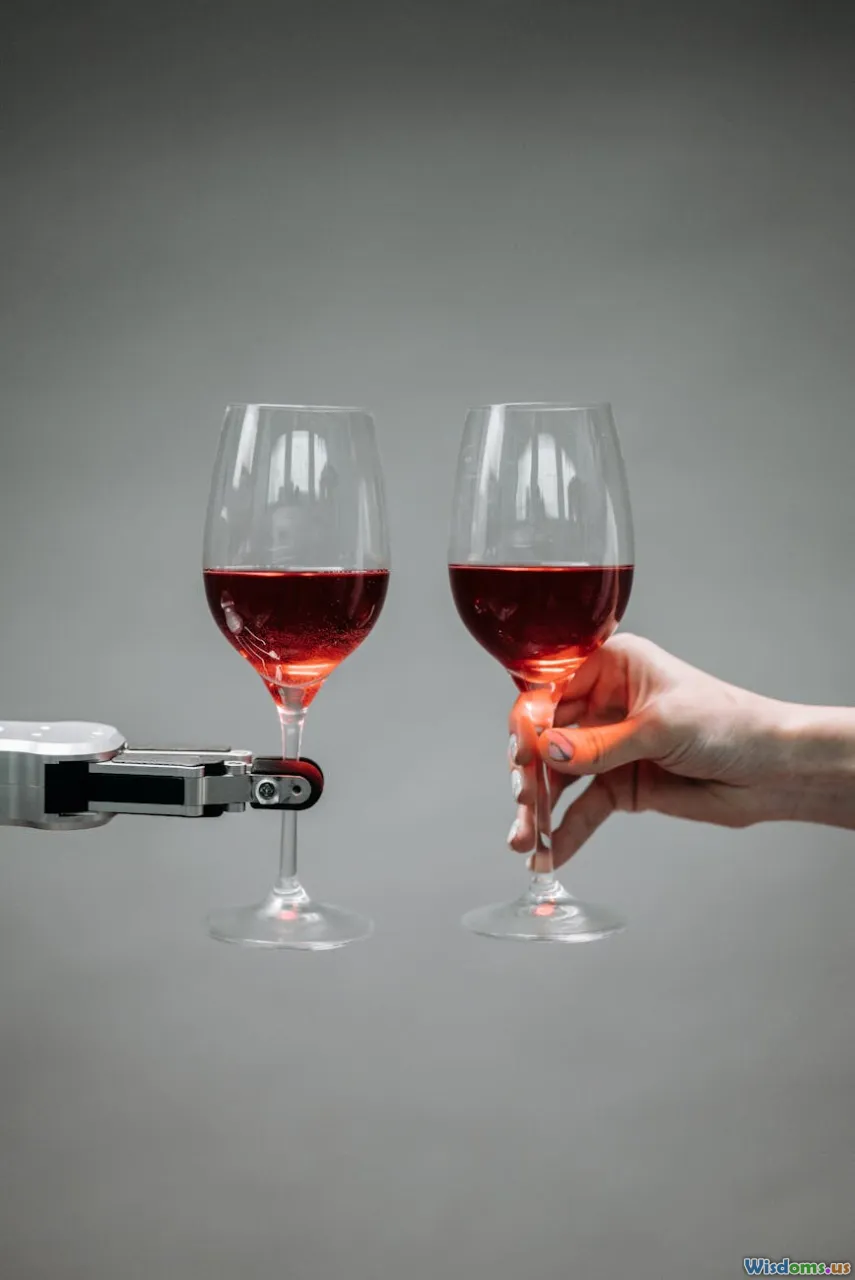
Looking ahead, AI’s role in lyric writing seems headed not for outright domination, but for ongoing reinvention of the craft itself. Just as the advent of synthesizers spurred the birth of new genres in the 1980s, AI songwriting tools are prompting musicians—and entire industries—to rethink creative workflows.
Imagine collaborative platforms where songwriters team with AI in real time: a lyricist might co-write with an algorithm trained on lost folk traditions, while producers run automated sentiment checks to optimize emotional responses for TV ads and movie soundtracks. Meanwhile, as AI models improve their grasp of multilingual idioms, the possibility looms of cross-continental songwriting partnerships previously unimaginable.
Ultimately, the evolution of music has always been bound to the tools of the moment. Whether quills and parchment, tape recorders, or generative neural networks, the human impulse to express—to sing, to story-tell, to connect—remains unchanged.
To answer the central question: AI may never fully "feel" the heartbreak in a blues lyric or the fury behind a protest song. But by collaborating and experimenting with machines, today’s lyricists can discover new code-creative spaces where the extraordinary is born. The best lyrics, it turns out, may not come from AI, but in co-creation with it—fueling the next generation of songwriters and listeners around the globe.
Rate the Post
User Reviews
Popular Posts










